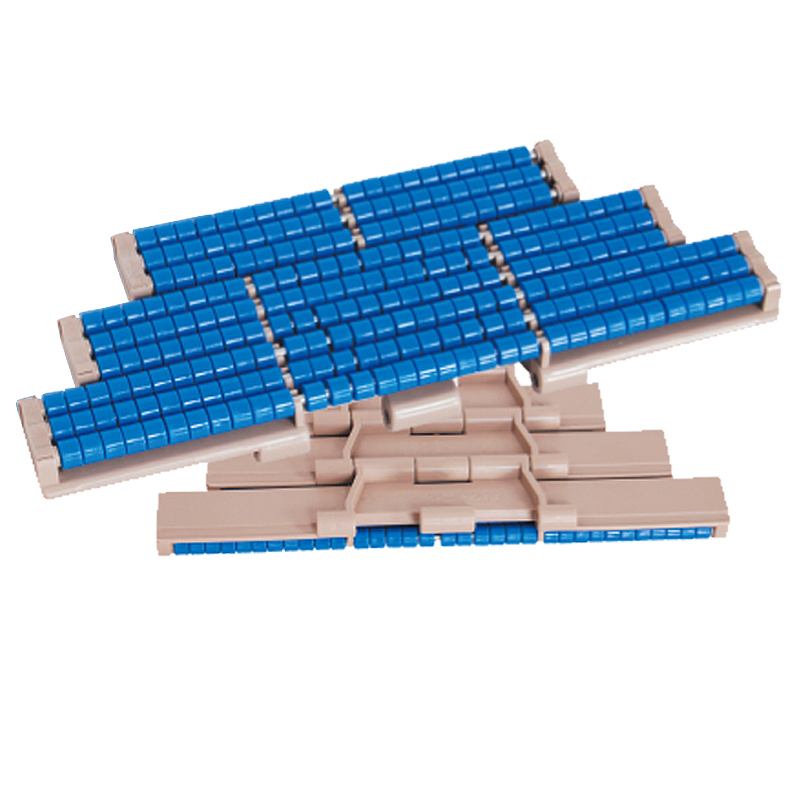Generative AI and the Future of Business
Thought Leadership content and Product Data Sheets Food Container Sealing Machine

Core principles and best practices of Enterprise AI
Videos of customers sharing their experience of Enterprise AI
Core principles and how-to guide on Machine Learning
Insights and perspectives from C3 AI thought leaders
Series of livestream events featuring C3 AI customers
Definition of Enterprise AI and Data Science terms
Review detailed technical documentation and training
Leading provider of enterprise AI software
Driving customer success with industry alliances
Research consortium dedicated to accelerating the benefits of artificial intelligence
Building a world-class software company
Annual user conference, C3 Transform, and participation in industry conferences
Endless inspiration and meaningful work
Supporting the Makers of Tomorrow
The state of the world’s supply chains, thankfully, no longer warrants the news coverage it did during the pandemic or at the outset of Russia’s invasion of Ukraine, when store shelves were barren, and inflation began soaring through the economy.
But that doesn’t mean companies aren’t acting with a sense of urgency.
The past few years have revealed the risks of our interconnected world. Today, globalization is under assault, and companies are overhauling their manufacturing and supply chain networks accordingly. This marks a sharp departure from the past 60-plus years, an era defined by just-in-time manufacturing and companies offshoring facilities in search of cheap labor.
Jim Snabe presenting at C3 Transform 2023
The old supply chain model focused on making and delivering goods faster and cheaper. The new supply chain model — with warehouses spread across the globe to reduce risk — is focused on flexibility and resiliency.
C3 AI spoke to Jim Snabe, the former chairman of logistics company Maersk, current chairman of Siemens, and C3 AI board member, about the shift to the new supply chain model, and the critical role of enterprise AI and generative AI.
Jim Snabe: This issue is front and center at the highest level of many corporations. In boardrooms all over the world, the supply chain has become a strategic issue again. It wasn’t for many years. It was all about just getting it done cheap. We had this assumption that globalization was here to stay. It turns out that’s not the case, and so we’re seeing a strategic shift.
The main assumption— namely, that you can control your supply chain — has fallen flat. Therefore, you need to rethink your strategy. It’s now all about resiliency and flexibility. The new supply chain needs to be flexible, resilient, and powered by AI and generative AI.
To a degree. The old supply chain model was fueled largely by traditional ERP systems to manage suppliers, and the entire model assumed reliance on a few key suppliers to reduce complexity.
The pandemic made the dependencies on a few suppliers all too apparent. Couple that with increasing geopolitical tensions, and companies had to act. We see Apple moving its manufacturing facilities and diversifying its supplier network to reduce risks; other high-tech firms and automakers are doing the same, adding suppliers in multiple countries to increase resilience. In some cases, they are reshoring to the States, where there are government incentives and the cost of energy is lower than much of the world, particularly in Europe.
Yes. It’s much easier to source from one big factory than it is from ten. So suddenly, you are faced with two new challenges — costs and complexity.
Cost is solved by automation. If a factory is 100% automated, you don’t need a big factory to achieve the desired cost per unit produced. With automation, the equation completely changes because the factory is so much more efficient. This is happening at many companies. At Siemen’s, our fastest growing category of products is automation for factories.
AI is the solution for complexity. You could not deal with this new level of complexity in the past, because you couldn’t understand the entirety of your supply chain. But with AI, you can predict issues and you can resolve issues at very high speed. You need compute power to do that, not human understanding.
Remember, too, that with ten factories instead of one, you need more dynamic planning. That’s also only possible with enterprise AI. This is all part of moving from just-in-time manufacturing to just-in-case manufacturing.
The only way you can decentralize your factories and supplier network is if your supply chain is intelligent and all workers can get information at their fingertips.
With generative AI, people across the network can rapidly diagnose problems and get answers in a way that just wasn’t possible before. Problems crop up all the time that require a lot of time to figure out, and this issue only gets worse when your sourcing supplies and products from multiple facilities instead of one.
A system that enables people to retrieve near-instant answers from all their enterprise data, even when they’re in different parts of the world, changes everything. Only the companies that have an AI platform and generative capabilities will be able to thrive, because the new supply chain has to be dynamic.
This interview was conducted by Paul Sloan, a veteran business and technology journalist who now serves as C3 AI’s VP of Strategic Communications.

Straight 10mm pitch Belting This website uses cookies to facilitate and enhance your use of the website and track usage patterns. By continuing to use this website, you agree to our use of cookies as described in our Privacy Policy.